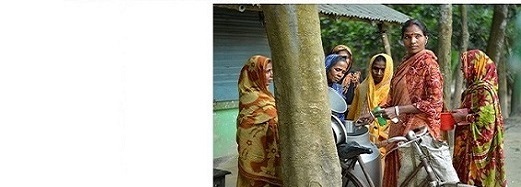In developing countries, informality is widespread amongst firms. In Bangladesh, for example, a recent survey suggests that about 70% of firms are not registered with the Tax Authority. There does seem to be a negative relationship between informality and productivity, but the direction of causality is unclear: less productive firms may choose to be informal, or there may be something about informality that makes firms less productive. If so, then lower productivity is one of the costs of informality, but it has another important cost as well: it reduces the size of the tax base and so makes it more difficult for the government to raise revenue through taxes.
The aim of this study is to understand whether there are specific policy interventions that can induce firms to move out of informality; and whether this movement has a positive impact on firms’ revenues and profits. The author employs an experimental design with two treatments, a “carrot” and a “stick”. The carrot involves reducing the costs of registration and carrying out an information campaign to persuade firms of the benefits of registration. The stick involves giving firms information on the potential legal costs of informality (i.e. the penalties for tax evasion), coupled with a credible threat of audits by tax officials in case the firm does not register within a specified period (as agreed with the Bangladeshi authorities). The carrot treatment is implemented on a random sample of about 5600 informal firms, with half of the baseline sample assigned to the treatment and control groups respectively. The random assignment was based on stratification over several firm observables that appear to be correlated with outcomes of interest, e.g. profits and revenues. For the stick treatment, a larger sample of about 39000 unregistered firms is available from the 2009-10 Census and from this the team will choose about 5000 firms. The randomized design will be clustered at the geographical level to deal with potential spillovers.





